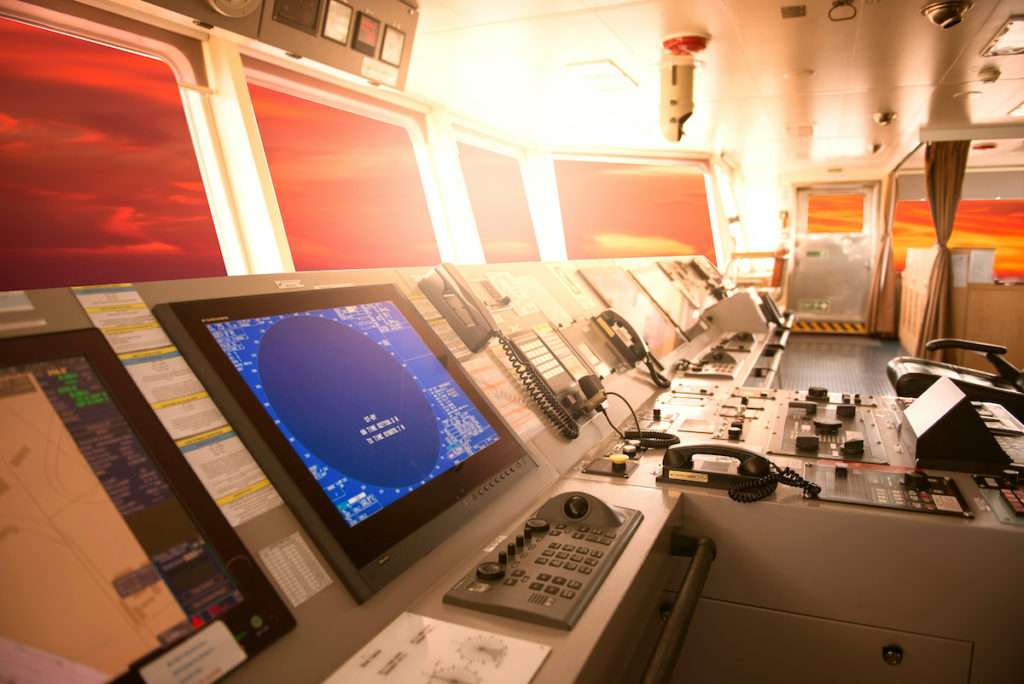Radar is a sensor that utilizes electromagnetic signals to detect and track different types of objects. That can be achieved even at significantly longer distances. Its basic building blocks are the following: antenna, transmitters, receivers, signal and data processors, and a display interface.
In today’s modern world, radars can be found everywhere. Given their ubiquity, many people probably take their existence for granted. However, radar technology has only been around for several decades, and key breakthroughs weren’t made until around the 1940s.
An Initially Academic Pursuit
In the 1880s, the German physicist Heinrich Hertz successfully applied the theories of James Maxwell. The latter was also a physicist and had innovative ideas around electromagnetism. Maxwell posited that light and radio waves are essentially electromagnetic waves that have different frequencies.
Aside from proving Maxwell’s ideas, Hertz effectively demonstrated that such electromagnetic waves could be picked up and reflected from metallic objects. Applications in ship and marine navigation were considered in the early 1900s, but there were no serious efforts in pursuing these ideas.
Military Applications
Radar technology eventually sparked interest when long-range air bombing became feasible around the 1930s.
During this period, the basic principles of radar technology were revisited at the US Naval Research Laboratory (NRL). NRL Researchers observed that firing a beam at an aircraft through a transmitting antenna caused visible signal distortions. That indicated the presence of an object in the area where fluctuations were detected.
While the US Army rolled out its first radars before the outbreak of World War II, the military had yet to develop effective approaches in processing and presenting radar observations. When countries were fully plunged in world war and aircraft bombing runs became frequent, top military brass started prioritizing aircraft detection capabilities. In particular, the heavy losses sustained in the bombing of Pearl Harbor provided strong motivations to develop effective early warning systems.
Radar Technology Today
In the aftermath of the war, radar technology further improved. The post-war period saw the emergence of new radar systems. Examples include the monopulse tracking radar and moving-target indication radar, which applied the Doppler principle.
From the US Airforce’s airborne-warning-and-control system to radar speed guns for police, radars became an increasingly indispensable tool for accurate detection. Further advancements in computer technology paved the way for more specific information about detected objects or targets.
Eventually, the application of radar branched out into other areas. Researchers and scientists found applications in weather forecasting. For instance, doppler weather systems could now measure wind speed and precipitation rates. As a result of this new feature, weather radars were installed in several airports to help pilots and air traffic control personnel better navigate planes.
Taking Technology Further
The invention of the radar can’t be attributed to a single person. It was more of a cumulative result of the efforts of various individuals and groups.
Radar technology continues to evolve, and scientists are always finding new ways to apply old insights. An exciting development is a lidar, which uses pulsed laser light instead of radio waves. It’s only a matter of time before another breakthrough takes place.

